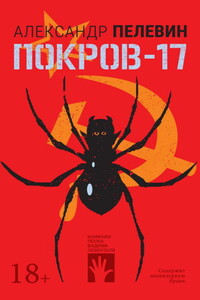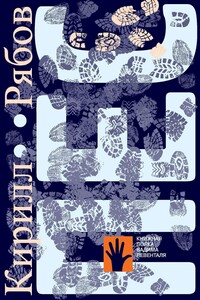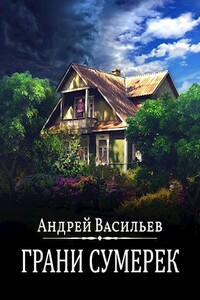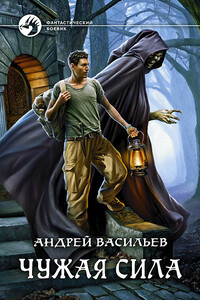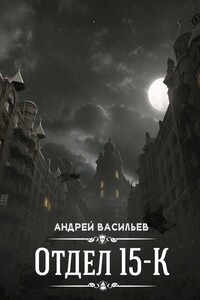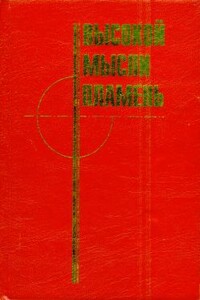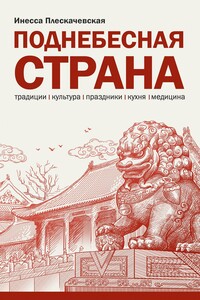Una, Malevich's daughter, recounts her memories of E. Yakovleva recorded by Nina Suetina, and transcribed and annotated by Irina Vakar as follows:
In 1932 Papa took me to live with him in Leningrad. […] Every evening guest gathered at Papa's, there were always ten to twelve people sitting at the table. […] Of those who visited Papa's apartment I remember: Anna Alexandrovna, Nikolai Mikhailovich, Konstantin Ivanovich, Elizaveta Iakovleva* — she was a small- time painter, she kept coming every day, and they loved her at our place.
Una Uriman, “About my Father” in Kazimir Malevich. Letters, Documents, Memoirs, Criticism, Volume 2, Kazimir Malevich: Memoirs and Criticism, eds. Irina A. Vakar and Tatiana N. Mikhienko, London, Tate Publishing 2015, p. 31
PROF. CHARLOTTE DOUGLAS: AVANT-GARDE RUSSIAN TEXTILE DESIGN
World War I, the two revolutions, and the civil war did not disrupt the pace of innovation in Russian fabric design. Under new slogans of revolution, internationalism, and classlessness, Suprematist and Constructivist design continued until the late 1920s, when geometric design — on clothing or any other fabric — became politically suspect, and was forced out by a younger generation of artists.
Suprematist design then acquired an even greater importance for Malevich. In his late portraits it has emblematic, philosophical, and even counterrevolutionary significance. In 1934 Malevich painted a splendid portrait of the Leningrad theater designer Elizaveta Iakovleva (illustrated on the same page of the journal as this text.). Dressed in a cadmium yellow hat and a coat with a Suprematist collar, she slyly exhibits a bright red Suprematist handbag. This painting has recently been discovered. Most of the actual fabric and other articles have been lost or destroyed. We must be grateful indeed for Sayler's photographs.
Charlotte Douglas, “Suprematist Embroided Ornament,” in Art Journal, Vol. 54 No. 1, Spring1995, p. 45
Portrait of E. Yakovleva, detail handbag
Olga Rozanova, appliqued handbag, 1916–1917
Symbolism is unquestionably the foundation of his aesthetics.
DR. ANDREI NAKOV, Specialist Russian Avant-Garde
Portrait of E. Yakovleva, collar details
Sketches of costumes for the opera Victory Over the Sun by M. Matyushin and A. Kruchenykh, 1913, details
TRANSLATION STEDELIJK MUSEUM LETTER
4 November 2015
Subject:
Purchase of artwork by Malevich
With the present letter we, as the Stedelijk Museum Amsterdam, hereby state our serious interest in purchasing the work by Kazimir Malevich, Portrait of E. Yakolevna from 1932, which you are the owner of.
We have taken note of the first discussions of pricing and given that the amount mentioned by you exceeds 20 million euros, it is an ambitious amount for the Stedelijk to bring together. It should therefore be noted that we, in order to be entitled to such funds, need a valuation report from an officially recognized art appraiser.
We are determined to take up the challenge of acquiring this work because we see this as a unique opportunity to complement our existing collection of Malevich works.
We hereby rely on our shared responsibility of writing art history wherein, as often shown in the distant and recent past, the public domain is dependent on private ownership.
The Stedelijk has in its collection a number of key-works by Malevich from this very enigmatic stylistic development of his oeuvre. With Bather we own an icon from his fauvist — primitive period. Woodcutter is a masterwork from his cubo-futurist period and Englishman in Moscow belongs to the top works from his a-logic phase.
Our collection has the strongest representation of geometric abstract works of Malevich in the world: from the Suprematist works (including 5 (!) from the O.lOexhibition), to the most cosmic oriented abstract works that herald the transition to the “Architectons“ with the crosses, the floating yellow plane and the three thin white abstracts. This is a unique ensemble of paintings brought together by Malevich in an exhibition in Berlin (1926) to show the world his artistic developments that he thought would conquer the European art world.
